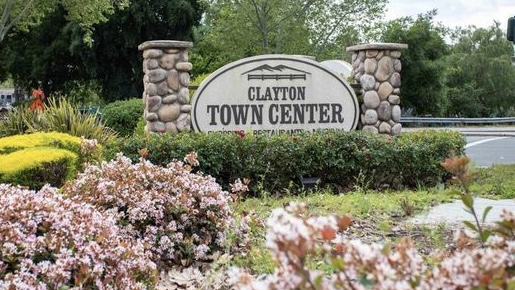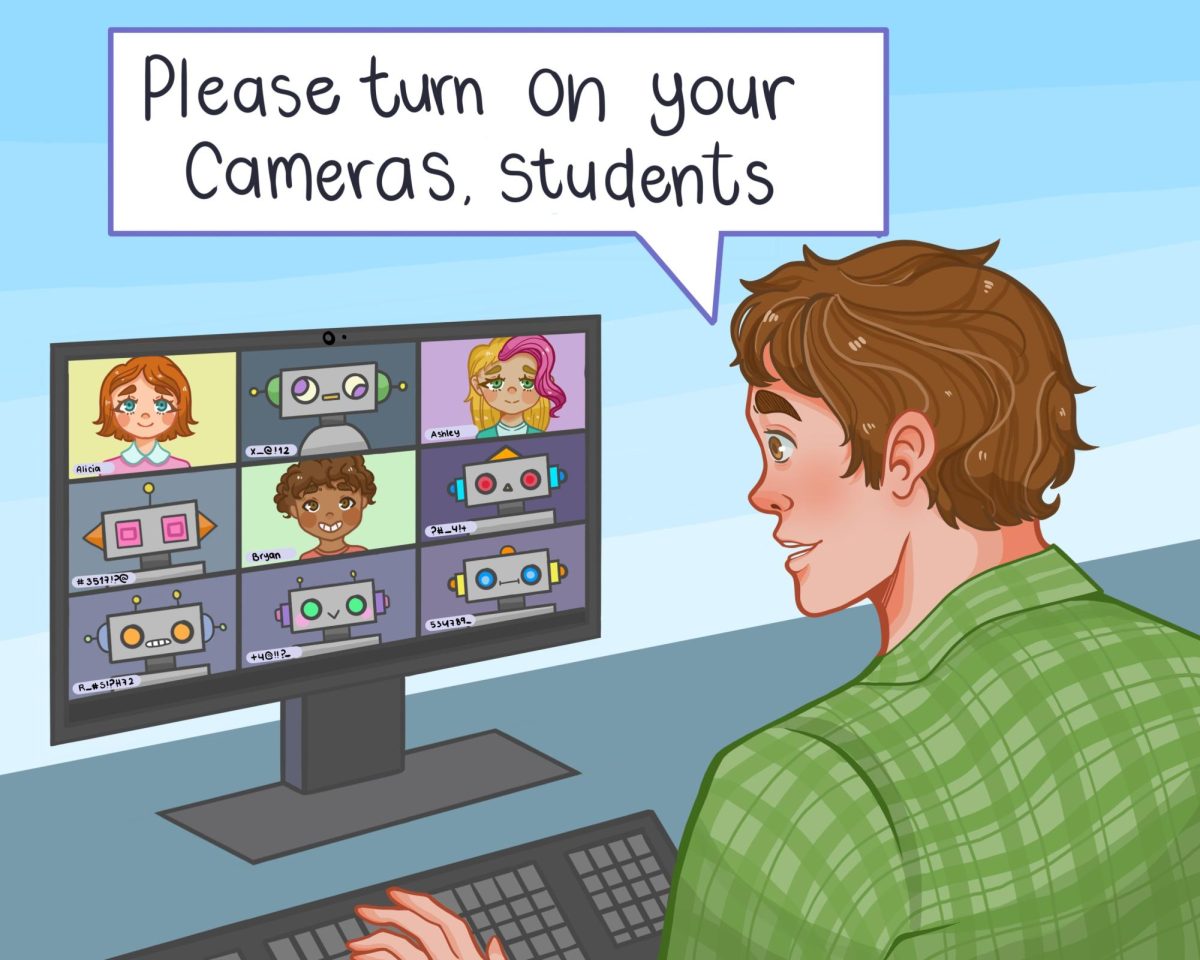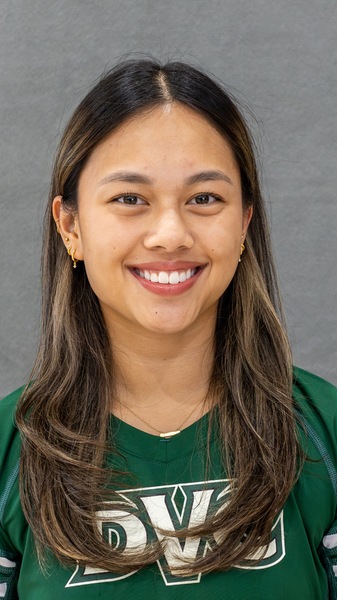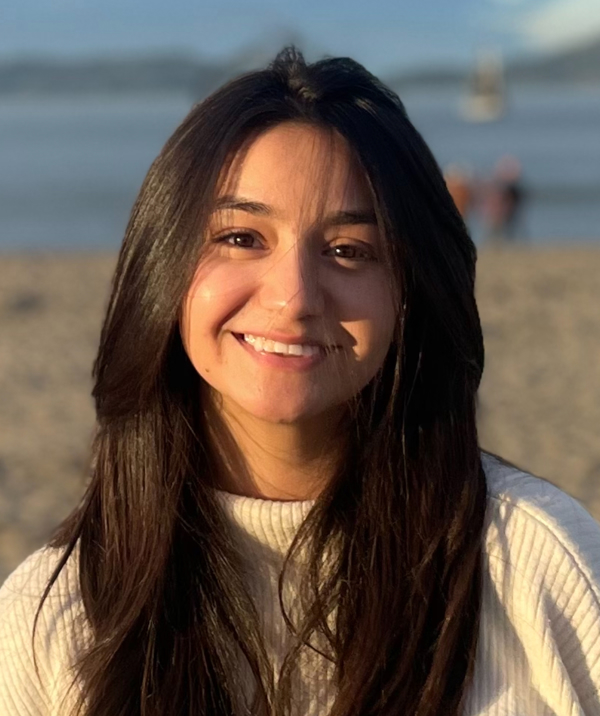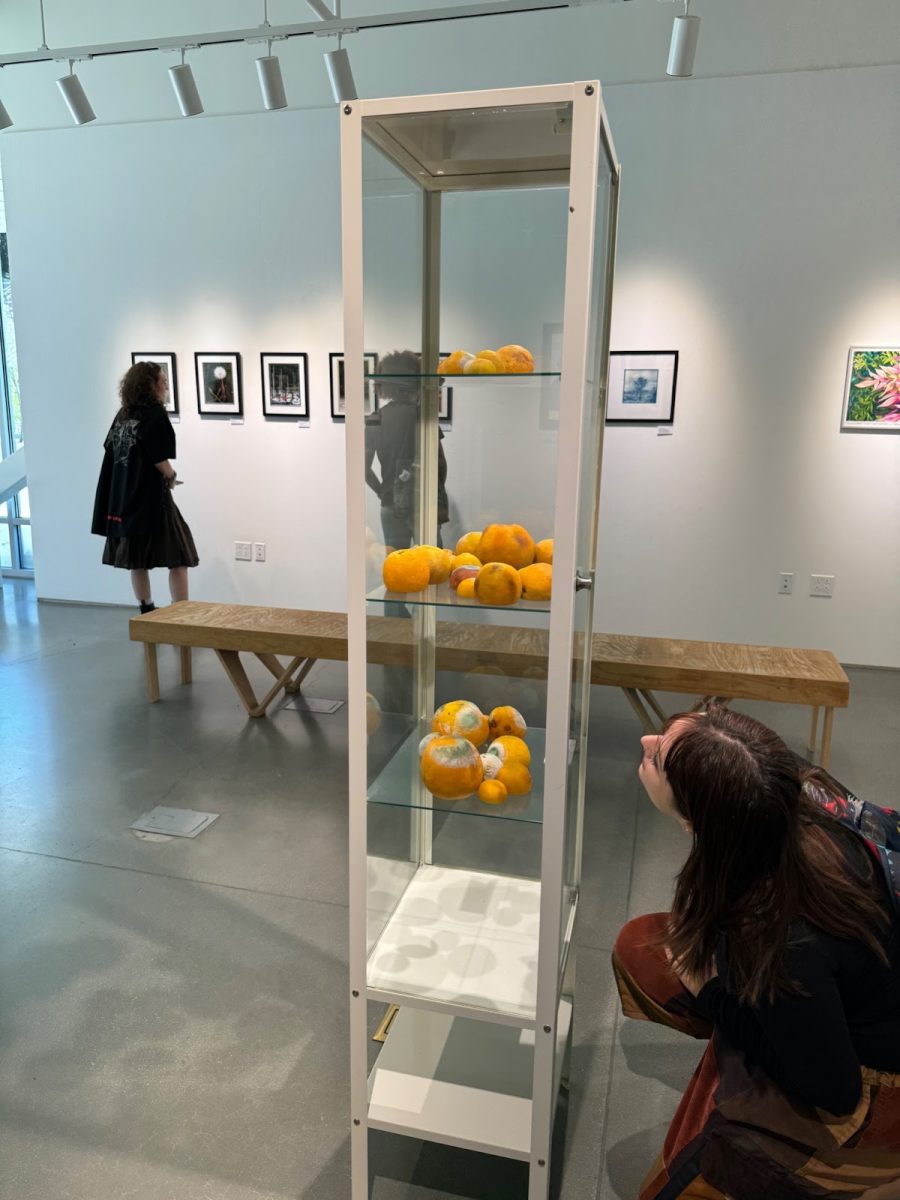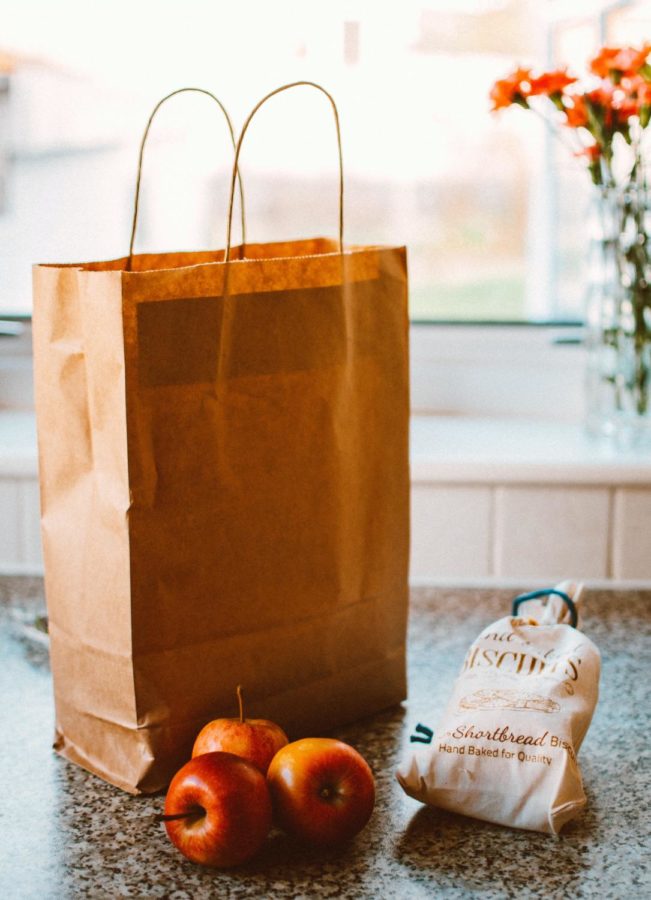Our Backyard Food Crisis: How the Charitable Food Sector Responded to a Pandemic
March 10, 2021
When at-risk volunteers stopped working at the Food Bank of Contra Costa and Solano at the start of the pandemic, the National Guard stepped in. People in Army green assembly lines packed thousands of cardboard, food-filled boxes a day, helping the food bank continue to support its community partners. But this wasn’t an isolated event. Due to the pandemic, administrative changes like these were happening across the Bay Area’s charitable food sector.
With volunteers leaving, said Nora Nicholson, the program director of the Food Bank of Contra Costa and Solano, worker shortages had to be addressed. “Volunteers are the lifeblood of this organization,” she said.
According to research published by Feeding America, a nationwide network of more than 200 food banks, the pandemic was projected to decrease food stability in Contra Costa by roughly five percent. The county’s health department now estimates that one in six people are food insecure.
The United States Department of Agriculture reports that a person is food insecure when they don’t have access to enough quality meals to live a healthy life. Before the coronavirus, food insecurity had actually been steadily decreasing across the United States, but most of that progress has now been lost: 15 million more people are expected to be food insecure in 2020 than in 2019.
This includes people who used to donate food as well as those who didn’t expect to have to decide between paying a utility bill or skipping a week’s worth of dinner. Nicholson said the stories of hunger illustrate the spontaneous nature of food insecurity – a reality that many have experienced during the pandemic as demand for operational food banks continues to grow.
Food banks are seen as the keystone of the charitable food sector. According to Diana Brennan, the communications director at the Contra Costa and Solano food bank, these organizations are the principal suppliers for soup kitchens and food pantries. “We can store food in mass quantities, and [community] groups are very small, so they can’t store as much,” said Brennan.
Contra Costa’s food bank is the foodstuffs distribution center for the community at large. Nicholson said that to make sure operations like theirs stayed running during the pandemic, California offered the support of the National Guard. At the same time, the food bank started an outreach effort to get new volunteers.
Yet initial worker shortages weren’t isolated to only food banks. Groups like Open Heart Kitchen, a free hot meal program operating in Alameda, were also in need of new workers.
In March 2020, when Covid-19 cases exploded across the Bay Area, Open Heart Kitchen had to restructure the way it made meals. “The hardest challenge was changing from a mostly volunteer-based operation model to hired staff,” said Denise Bridges, development director at Open Heart Kitchen.
According to Bridges, Open Heart Kitchen received support from the cities of Dublin, Livermore and Pleasanton during the transition, which provided interim cooking staff to help maintain the kitchen’s operations while it was hiring new workers. Because of the cities’ support and continued donations from local residents in 2020, Open Heart Kitchen actually increased the amount of food it distributed by 60 percent compared to 2019, serving a total of 541,937 meals.
However, Open Heart Kitchen’s achievement illustrates how the pandemic has meanwhile increased food insecurity, with more and more people in need of supportive food services. In the hopes of reaching all food-insecure residents, the Food Bank of Contra Costa and Solano expanded its operations by creating pop-up grocery distribution sites across the two counties, including at Diablo Valley College.
On every last Thursday of the month, from 12:30 to 1:30 p.m., anyone can drive into Parking Lot 8 of the campus to receive free produce and prepackaged food, which volunteers will load into their car. In addition to the monthly drive-through, DVC also distributes food items throughout the week.
Receiving its supplies from the food bank at a discounted rate, the DVC Food Pantry offers free food to students, something now seen as an absolute necessity. A survey published in 2019 showed that 41 percent of DVC students were food insecure – a number that almost certainly has grown since the pandemic started.
Todd Farr, program manager of the Student Life Office, and Dietra Prater-Slack, program assistant for the pantry, said that after accommodating for Covid-19 safety protocols, the pantry has been providing food to those needing nutritional assistance since March 16, 2020.
During the spring semester, DVC’s food pantry is open on Wednesdays and Thursdays from 10:30 a.m. to 4:30 p.m., and on Fridays from 10 a.m. to 2 p.m. In addition, working with the culinary department, freshly cooked free meals are available at the pantry on Thursdays between 1 and 4:30 p.m., and on Fridays between 10 a.m. and 2 p.m.
The pandemic has presented unanticipated logistical hurdles to charitable food groups in Contra Costa and its neighboring counties. But Bridges is confident that nonprofits like Open Heart Kitchen can continue to feed people in the community.
Citing the organization’s latest project, a new community kitchen and dining room that will be opened in Livermore, Bridges said: “Whether there is another pandemic in the future or we continue to see the effects of this pandemic for the next few years…we want to make sure that we continue to provide meals to people in need at no charge.”
*Disclosure: The author of this piece volunteered at Open Heart Kitchen during Fall 2019.



